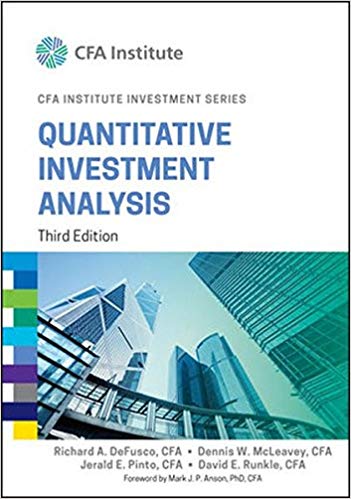Question
Can someone explain this problem step by step by hand so I have a clear understanding. Also why was 12000 subtracted from selling of the
Can someone explain this problem step by step by hand so I have a clear understanding. Also why was 12000 subtracted from selling of the old truck? Where did that 12000 come from? Answser on how to work it is given below the question . I need a step by step explanation because some steps seem to be skipped in the explanation. Thank you
Jeremy Pruitt Ltd is considering the replacement of a delivery truck. The current truck could last for three more years. Operating costs are 5000 per year. We are currently depreciating it at 4000 per year. We could sell it at the end of the three years for 2000 with a book value of zero. If we purchase the new truck for 32000 we could use three year MACRS. We could sell the old truck now for 7000. Operating costs would drop to 1000 per year. We can sell the new truck for 15000 at the end of the third year. The tax rate is 40%. The WACC is 10%. Should we replace the truck?
Year Zero: Buy the new truck (32000), sell the old truck (7000-12000)*(.6) + 12000 = 9000. This is greater than the cash paid for the old truck because we get a tax reduction for selling at a loss compared to the book value.
Depreciation for the new truck will be 10665.6, 14224, 4739.2, leaving a book value of 2371.2 at the end. Change in tax shield for year one will be (10665.6-4000)*.4=2666.24. In two it will be 4089.6, in three it will be 295.68.
The after tax change in operating cash flow is (0 - - 4000)*(.6) = 2400.
Sell the new truck in year three: (15000-2371.2)*.6 + 2371.2 = 9948.48.
The opportunity cost of not getting to sell the old truck in year three is (2000)*.6=1200
Putting it all together
Year 0: (32000) + 9000 = (23000)
Year 1: 2400 + 2666.24 = 5066.24
Year 2: 2400 + 4089.6 = 6489.6
Year 3: 2400 + 295.68 +9948.48 + (1200) = 11444.16
The NPV of this is (4432.86), so we should not buy.
Step by Step Solution
There are 3 Steps involved in it
Step: 1

Get Instant Access to Expert-Tailored Solutions
See step-by-step solutions with expert insights and AI powered tools for academic success
Step: 2

Step: 3

Ace Your Homework with AI
Get the answers you need in no time with our AI-driven, step-by-step assistance
Get Started


